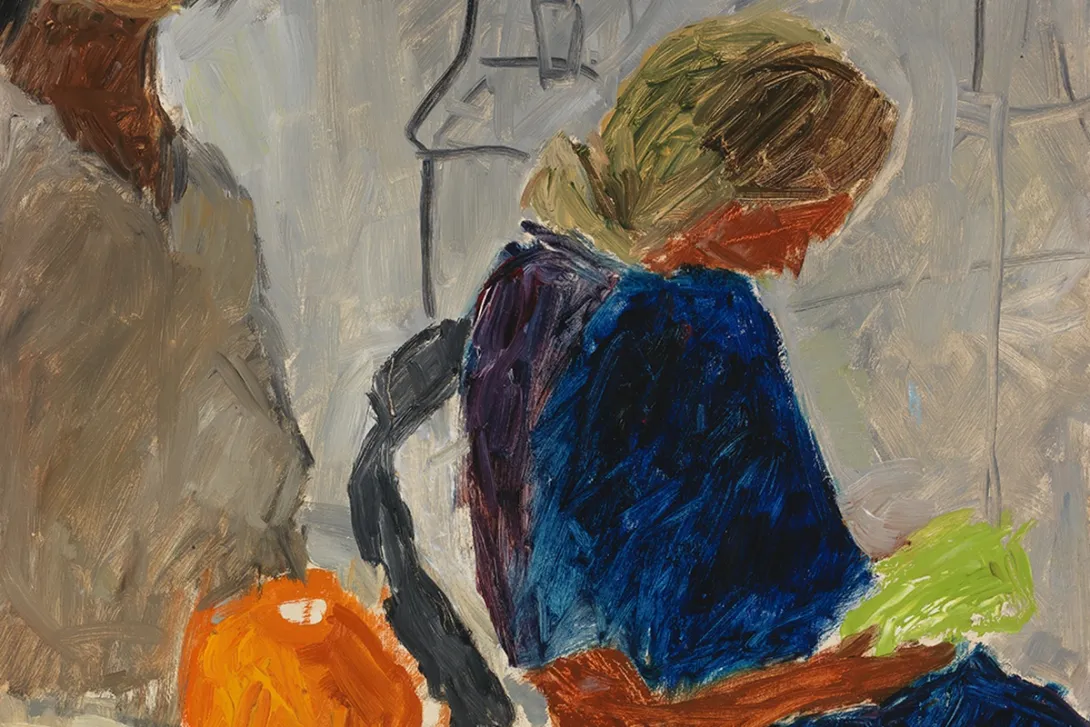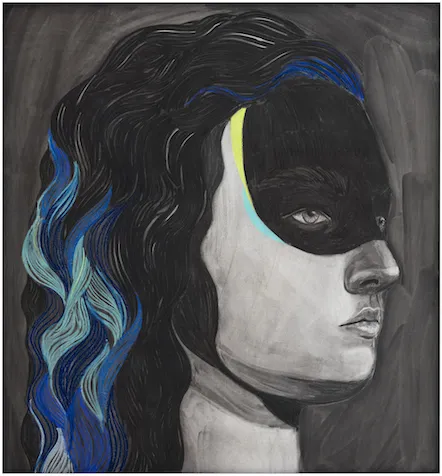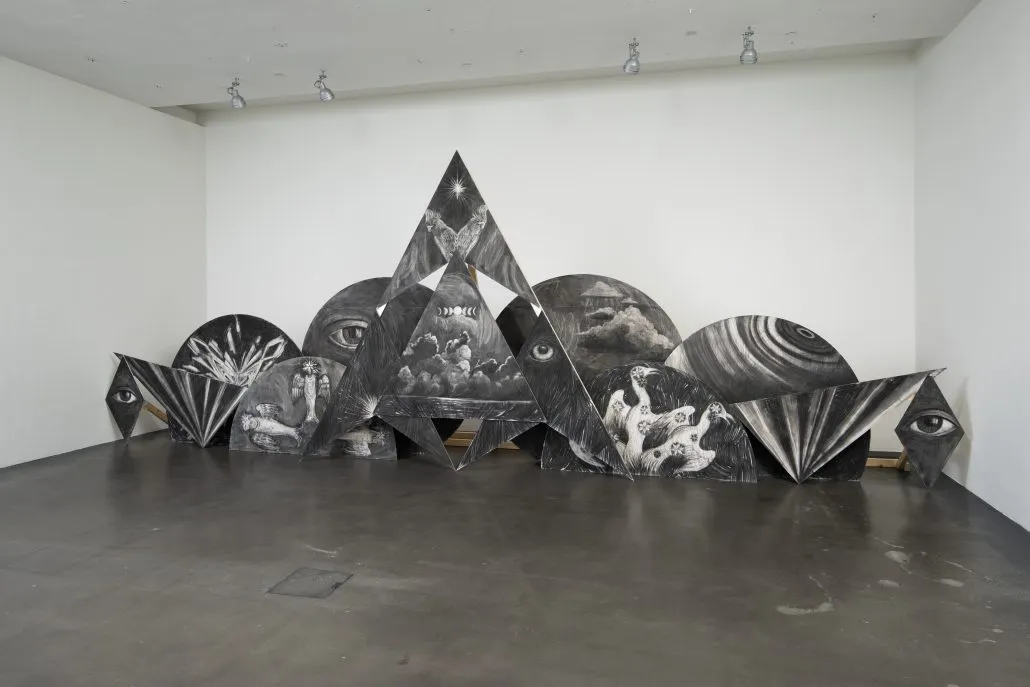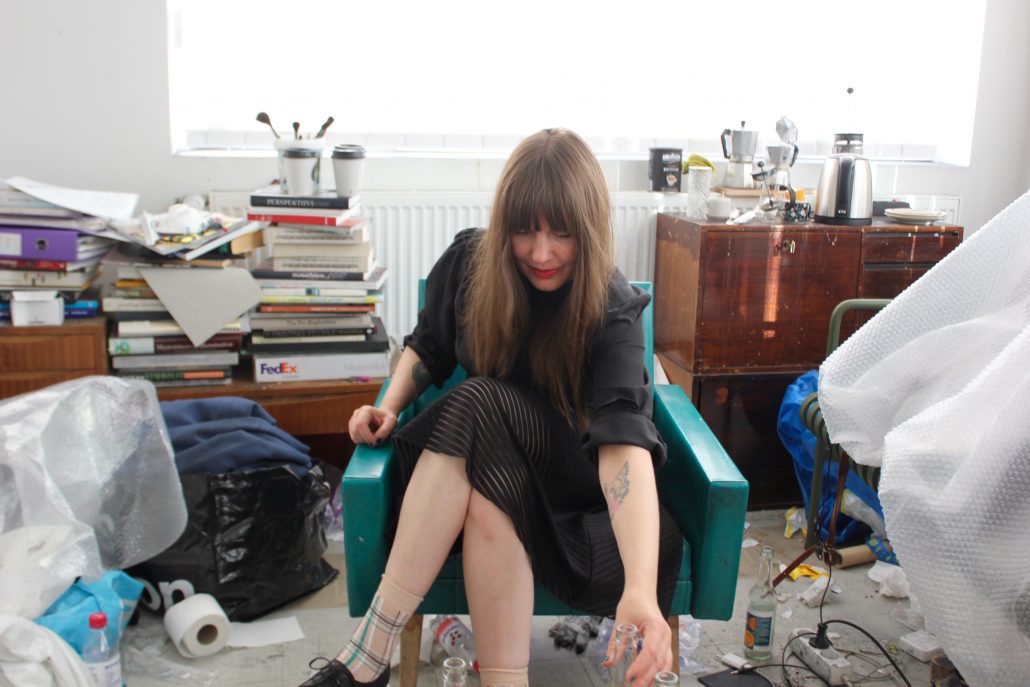Anniversary Exhibition Free 90 | HAM


Visual artist Hannaleena Heiska wants to teach painting students to trust and develop their own artistic vision.
“The most important insight came at the Academy of Fine Arts through studio visits and seminar discussions. I learned that there is no single correct interpretation of art or of any individual artwork—there are as many interpretations as there are viewers.
It’s important to talk and to listen to what others have to say, but during the working process itself, it’s also good not to overthink or overanalyze too early.”
“My most important guide in making art is my inner vision—my intuition. My practice is entirely based on my personal need to make sense of the world through visual art. No one else can define how I should function as an artist.”
“Connected to that insight from my own studies, I want to teach students to trust and develop their own vision. Not every tentative idea or impulse needs to be spoken aloud right away—sometimes it’s better to protect those early thoughts and let them evolve on their own.”
“I also hope to pass on the kind of tacit, experience-based knowledge I’ve gained from working in the art field. There is no fixed formula for how to be an artist. Each person’s choices, values, and natural areas of interest shape their artistic identity. The Finnish art field currently offers a wide range of possibilities for working as an artist. But in order to make informed choices and find your own direction, you first need to understand what those possibilities are.”
“Painting helps me structure and understand the surrounding world on a non-verbal level. I’ve never consciously chosen to paint—it feels more like painting chose me. I also work in other media, such as video and installation, but a painterly way of thinking runs through those processes too.”
“The power of painting lies in its materiality and in the moment when it causes the viewer to stop—not only to observe the work, but to reflect on their own inner world. It’s a moment when the viewer, through their gaze, experiences the painter’s touch.
There’s a quote from Siri Hustvedt’s essay collection Living, Thinking, Looking (2012) that beautifully captures one essential aspect of painting’s multifaceted magic:
‘Morandi loved Chardin, and besides their shared interest in still life, both had the ability to enchant their objects—albeit in different ways. Chardin’s magic lies in how a coffeepot or a clove of garlic might appear mundane, but when you really look, they’re charged with such emotional intensity that it becomes almost supernatural. That’s thanks to the brushwork, which reaches the viewer as a visible form of touch. In fact, looking at Chardin’s best paintings feels almost like being gently touched. The artist connects with us on a deep, wordless level—an experience that reaches back to early childhood, to being held and touched.’”


